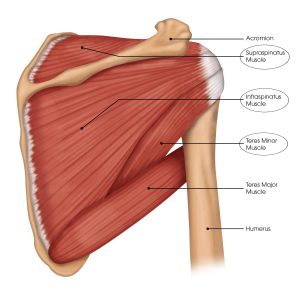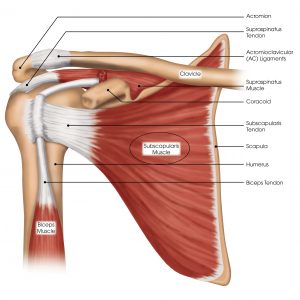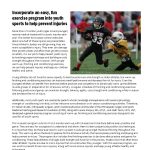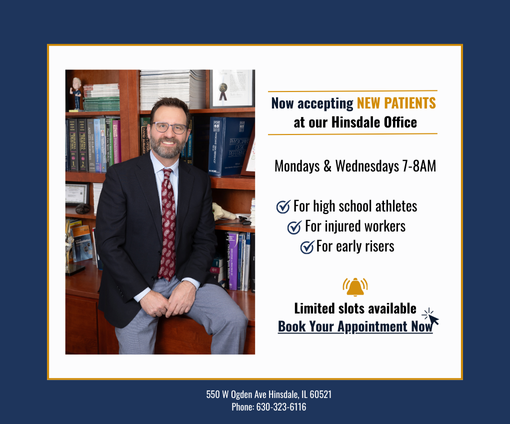Rotator cuff surgery benches Panthers’ QB for the off-season

 Panthers quarterback Cam Newton injured his throwing shoulder late last season during in a game against the San Diego Chargers. A subsequent MRI revealed a partially torn rotator cuff. Team doctors chose to treat the injury conservatively with rest, rehabilitation and a gradual throwing program. However, as Newton moved into the strengthening stage he experienced an increased level of pain. At that point, arthroscopic rotator cuff surgery was recommended. Newton is expected to be ready to play by the start of this season, and possibly as early as training camp, according to the team.
Panthers quarterback Cam Newton injured his throwing shoulder late last season during in a game against the San Diego Chargers. A subsequent MRI revealed a partially torn rotator cuff. Team doctors chose to treat the injury conservatively with rest, rehabilitation and a gradual throwing program. However, as Newton moved into the strengthening stage he experienced an increased level of pain. At that point, arthroscopic rotator cuff surgery was recommended. Newton is expected to be ready to play by the start of this season, and possibly as early as training camp, according to the team.
Newton’s rotator cuff tear is very common. In fact, the American Academy of Orthopaedic Surgeons estimates as many as 25 percent of people over the age 60 may have a torn rotator cuff. As an arthroscopic shoulder surgery specialist in practice for 15 years, Dr. Steven Chudik sees and treats this injury regularly. Because of his expertise, Dr. Chudik can provide insight about the arthroscopic procedure and rehabilitation Newton and others face with a rotator cuff injury repair.
The rotator cuff is a group of four muscles in the shoulder (supraspinatus, infraspinatus, subscapularis, and teres minor) that stabilize the shoulder joint anytime someone lifts or carries an object, or reaches away from their body. Most rotator cuff injuries are sports related or the result of a fall. Overuse and repetitive motion with time, as well as natural wear and tear with age, also can cause a rotator cuff tear.
Frequent signs and symptoms of a rotator cuff injury include:
• A sudden “pop” or tearing sensation during physical activity
• Pain along the upper arm between the shoulder and elbow
• Pain that increases when reaching out and overhead, or when lifting objects
• Aching pain at rest or at night while trying to sleep
• Loss of strength
• Limited motion of the shoulder, especially reaching behind
• Crepitation (a cracking sound) when moving
Regardless how the injury occurs, rotator cuff tears do not heal and generally become larger and more painful over time. Typically, arthroscopic surgery is recommended to repair this injury in otherwise healthy individuals. It is a minimally-invasive technique performed through several small incisions (less than a centimeter) with special instruments and a camera that lets arthroscopic specialists like Dr. Chudik “see” and maneuver inside the shoulder to repair the injury without cutting muscles and tendons.
Following rotator cuff surgery, adequate healing time is very important. Rotator cuff tears require six weeks in a sling without active shoulder range-of-motion, and four to six months of post-surgical physical therapy before patients can begin to return to activities.
If Cam Newton’s injury is as reported and his post rotator cuff surgery rehabilitation goes as planned, Panther fans will see their MVP and All Pro QB start in his seventh season and the backup quarterback the team just signed, Garrett Gilbert, won’t do much more than warm the bench.
If you or someone you know suffers from shoulder pain or any of the symptoms described earlier, consider scheduling an appointment with Dr. Steven Chudik at the Shoulder, Knee & Sports Medicine Clinic in Westmont, Ill. A Top Doctor in orthopaedics, Dr. Steven Chudik is renowned for his arthroscopic shoulder expertise and innovative procedures that reduce shoulder surgical trauma, speed recovery and yield excellent outcomes. You can make an appointment by calling 630-324-0402, or scheduling on his website at https://www.stevenchudikmd.com/schedule-online/.









